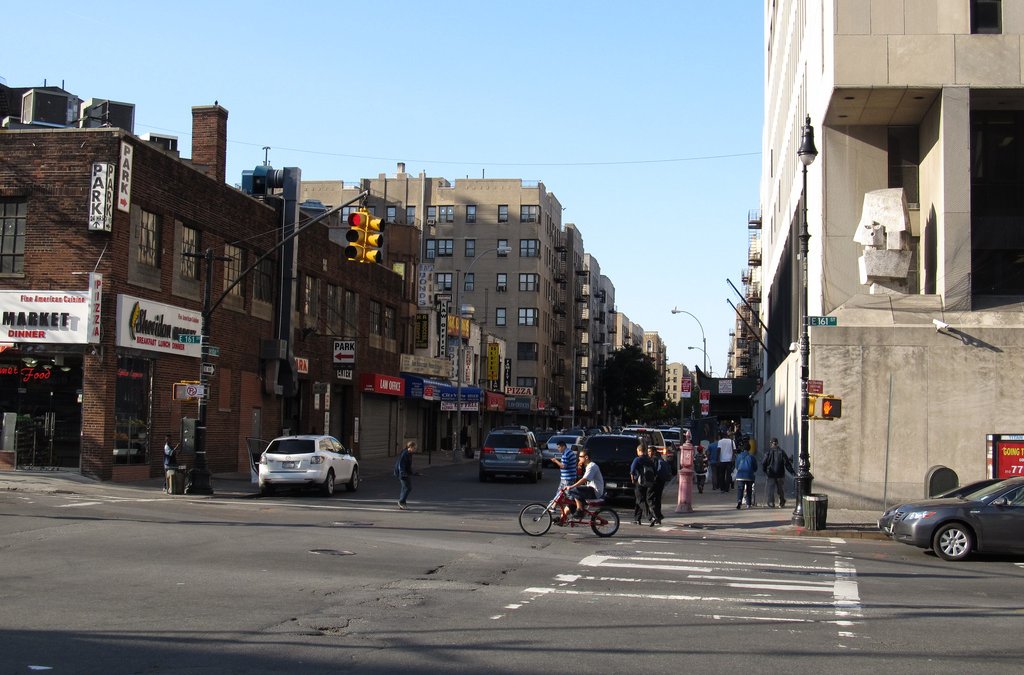One of the last holdouts for affordable real estate anywhere in the New York City metro area has historically been the Bronx. Made famous as the birthplace of hip hop and the on-scene filming location for gritty Spike Lee joints, the Bronx has long had the reputation as one of the more formidable, vibrant and lower-class boroughs of the area.
However, like so many other big cities across the nation, the neighborhood is being radically and quickly transformed by market forces. Back in the 1990s, New York City still enjoyed many areas where those who worked in the city but couldn’t afford the steep costs of housing there could find reasonably priced alternatives. Even areas like Long Island still had plenty of affordable housing.
But over the course of the last 20 years, the entire New York City metro region has morphed into one of the costliest housing markets on the planet. This, in turn, has forced those seeking affordable or even semi-affordable housing to increasingly look in places where they would never have previously considered living. Now, one of the final outposts with a genuine ghetto flavor, the Bronx, has been put on notice by the implacable market imperatives of those looking for cheap housing: Prepare for gentrification.
Not all bad news, at least for those who can afford it
Gentrification, of course, is a double-edged sword. For landlords and well-to-do property owners, the gentrification of their neighborhood can be a serviceable stand-in for winning the lottery. Neighborhoods that go from ghetto to glitzy in a matter of a few years can net property owners millions. But things are often not so great for those who are stuck working for a living and paying ever-increasing rents.
That problem of increasing living costs has been turbocharged for Bronx residents. People who have lived in the borough for their whole lives are feeling the squeeze as rents double and everything from groceries to parking soars in cost. As many working-class residents of places like San Francisco and Los Angeles have discovered, much to their shock and horror, the process of gentrification has clear winners and losers. And once the ball starts rolling, it usually doesn’t stop until the neighborhood in question has been converted to a high-end luxury enclave that only the 1 percent can comfortably afford.
